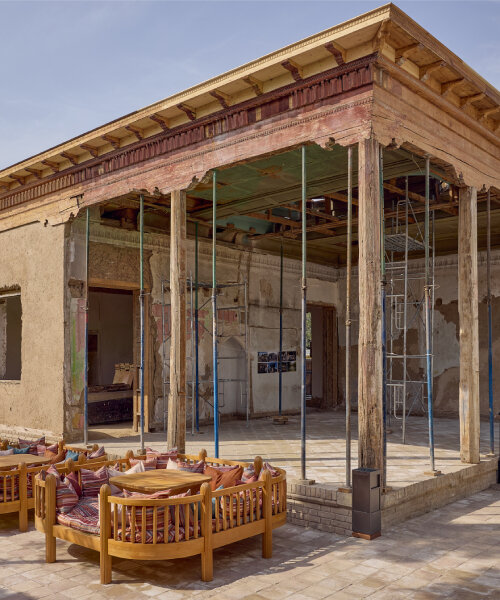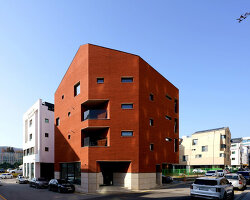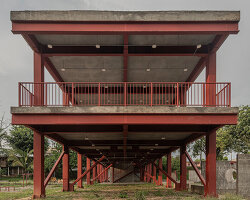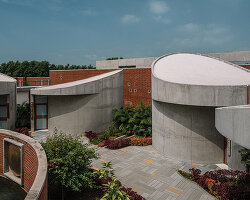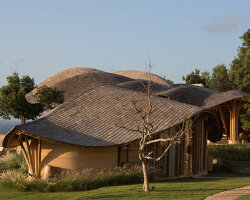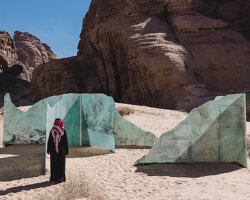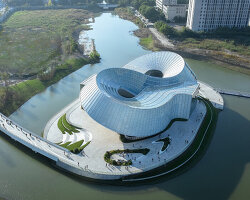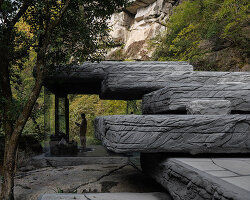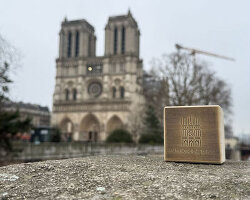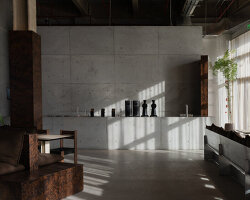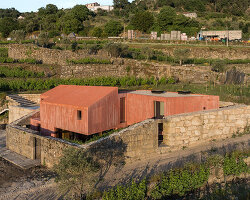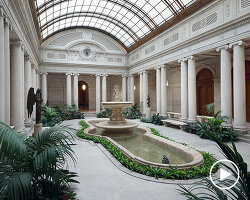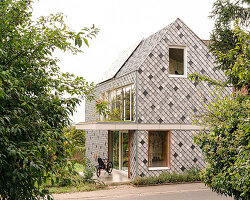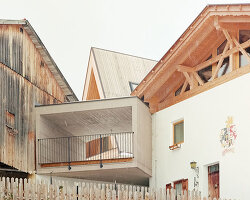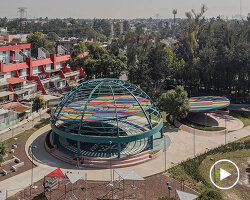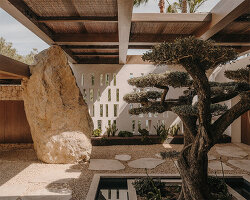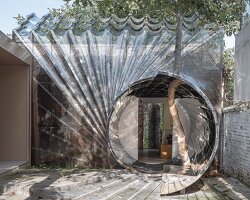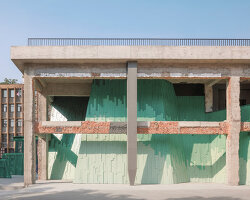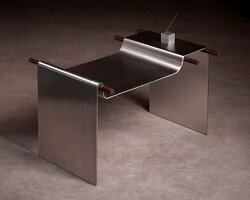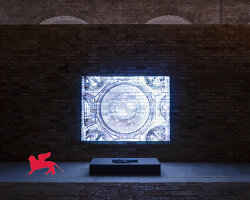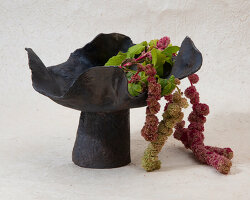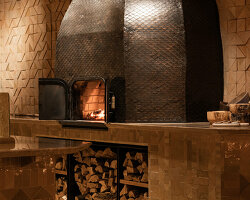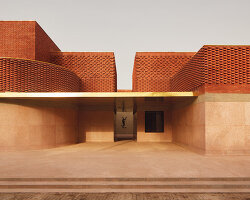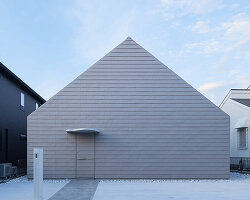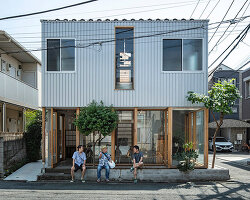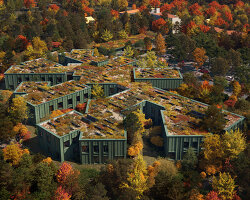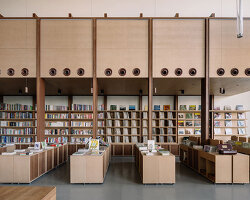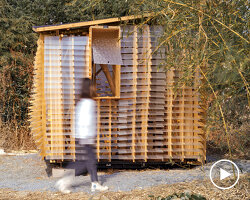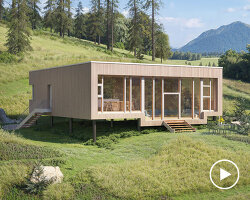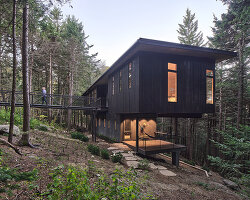historic tashkent mahallas host inaugural artist residencies
In Tashkent’s historic mahallas — ancient neighborhoods built around values of community and togetherness — the Centre for Contemporary Art (CCA) has revitalized two heritage sites as contemporary artist residencies. With restoration efforts and contemporary design interventions by the Aga Khan Trust and Studio KO, the spaces will launch their inaugural cohort this November, led by the CCA. Fostering cross-cultural collaboration at both regional and global scales, the program speaks to the state’s broader initiative to preserve the Uzbek capital’s historic identity while developing its creative economy.
The Namuna mahalla site, conceived in the 19th century as a madrasah (school) and mosque complex, embraces its evolution through a balance of preservation and reinterpretation. Volumes of original timber frames, 300-year-old brickwork, and glass and steel forms form the residency, with a program comprising living spaces, workshops, an exhibition space, and a café. A short journey across the old city into the Khast Imom mahalla, the second residencies are housed within a small former kindergarten. This space reveals the typical spatial typology and sequencing of the mahalla house, configuring rooms that transition from communal to private around a verdant courtyard. Across both sites, Studio KO’s interventions are modestly introduced — either concealed behind a boundary wall or subtly mimicking the vernacular forms in modern materials.
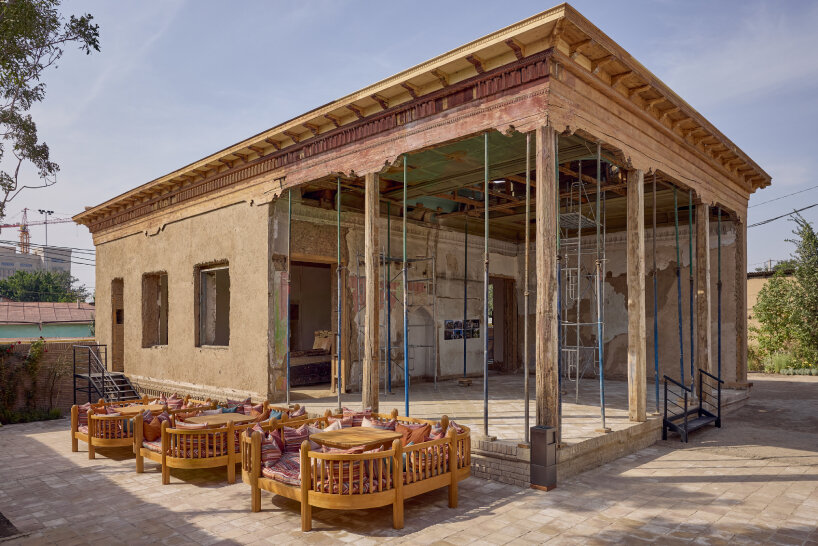
all images by Andrey Arakelyan, courtesy of Centre of Contemporary Art, unless stated otherwise
aga khan trust for culture revitalizes 19th century madrasah
The Aga Khan Trust for Culture’s restoration strategies at the Namuna mahalla residency were largely focused on uncovering and preserving the building’s original features, from its beams and brick masonry to its timber frames and eaves. Chief Executive Officer Ajmal Maiwandi explains that prior to their work, the iwan-like building at the site’s entrance was in a severe state of decay, with evidence of extensive alterations throughout the 20th century. ‘When we first found it, the building was a carpentry workshop. It had been subdivided into smaller rooms, and the mihrab was concealed behind layers of brick,’ he shared while guiding us through the space.
These temporary walls and partitions have been removed to make way for the new exhibition space, revealing the original structure and decorative elements below layers of cement plaster and rendered ceilings. ‘Beneath these modern interventions, we discovered intricate skirting and floral motifs that had been hidden for decades,’ Maiwandi adds. Further, addressing issues that had caused severe decay over time, the roof — likely replaced in the 1930s or 40s — was identified as a key source of water damage to the timber structures below, and repaired.
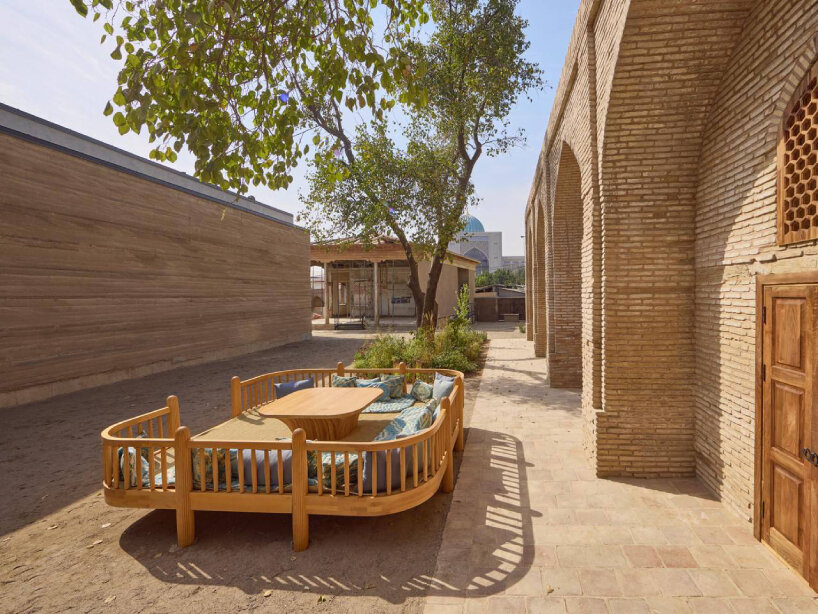
Centre of Contemporary Art launches inaugural artist residencies in Tashkent
studio ko introduces contemporary interventions
Across the courtyard and tucked into vast brick arches, living spaces for the residents have been constructed from a natural palette of wood and brick that retains the site’s authentic character. The exposed facade and interiors are a mixture of original brickwork, three centuries old, alongside some sourced recently from Bukhara, leading into the adjacent stone wall that conceals Studio KO’s contemporary addition. The French studio has created a luminous volume marked by expansive glazing and steel framework to host modern workshops equipped with specialist machinery and a cafe.
The complex also features a terrace, once a community gathering spot, which has been revived as a tea house. Supporting the Centre for Contemporary Art’s agenda to cultivate co-creation and the preservation of regional heritage, all restorations have been implemented in collaboration with local builders, carpenters, and masons with a focus on mentorship to a younger generation of craftsmen.
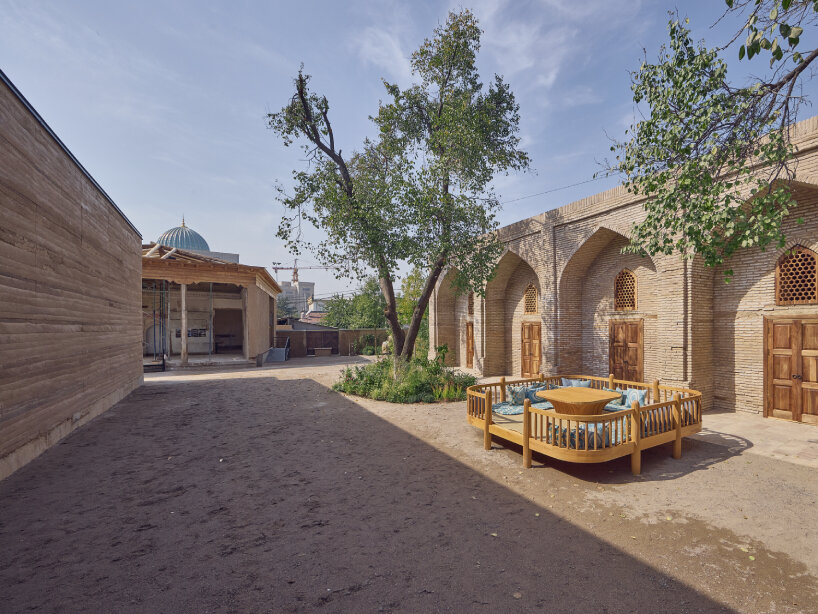
the Aga Khan Trust for Culture and Studio KO have revitalized two heritage sites in Tashkent’s old city
CCA preserves uzbek heritage and creative culture
The residencies host five participants per intake, inviting artists across an array of disciplines to draw inspiration from their context. Seeking to integrate contemporary creativity into Uzbekistan’s historic cultural context, the program encourages engagement with an international network of creatives and mentors, while collaborating with local communities and Uzbek artisans, adopting their traditional craftsmanship and local materials.
The Namuna mahalla residency will continue its educational tradition as an Islamic school and invite residents to create in the spheres of contemporary art and design, crafts, architecture, culinary arts, and sound art. Meanwhile, the Khast Imom mahalla will host just one to two researchers, curators, or writers at a time, while presenting Central Asia’s first curatorial library. The Centre for Contemporary Art’s Artist Residencies form part of a broader initiative spearheaded by the Uzbekistan Art and Culture Development Foundation (ACDF) which is overseeing the revitalization of the country’s cultural and creative heritage. The foundation’s chairperson, Gayane Umerova, emphasizes the importance of this initiative: ‘By facilitating cross-cultural collaborations, we are helping to create a sustainable ecosystem for the arts that benefits both local and international communities.’
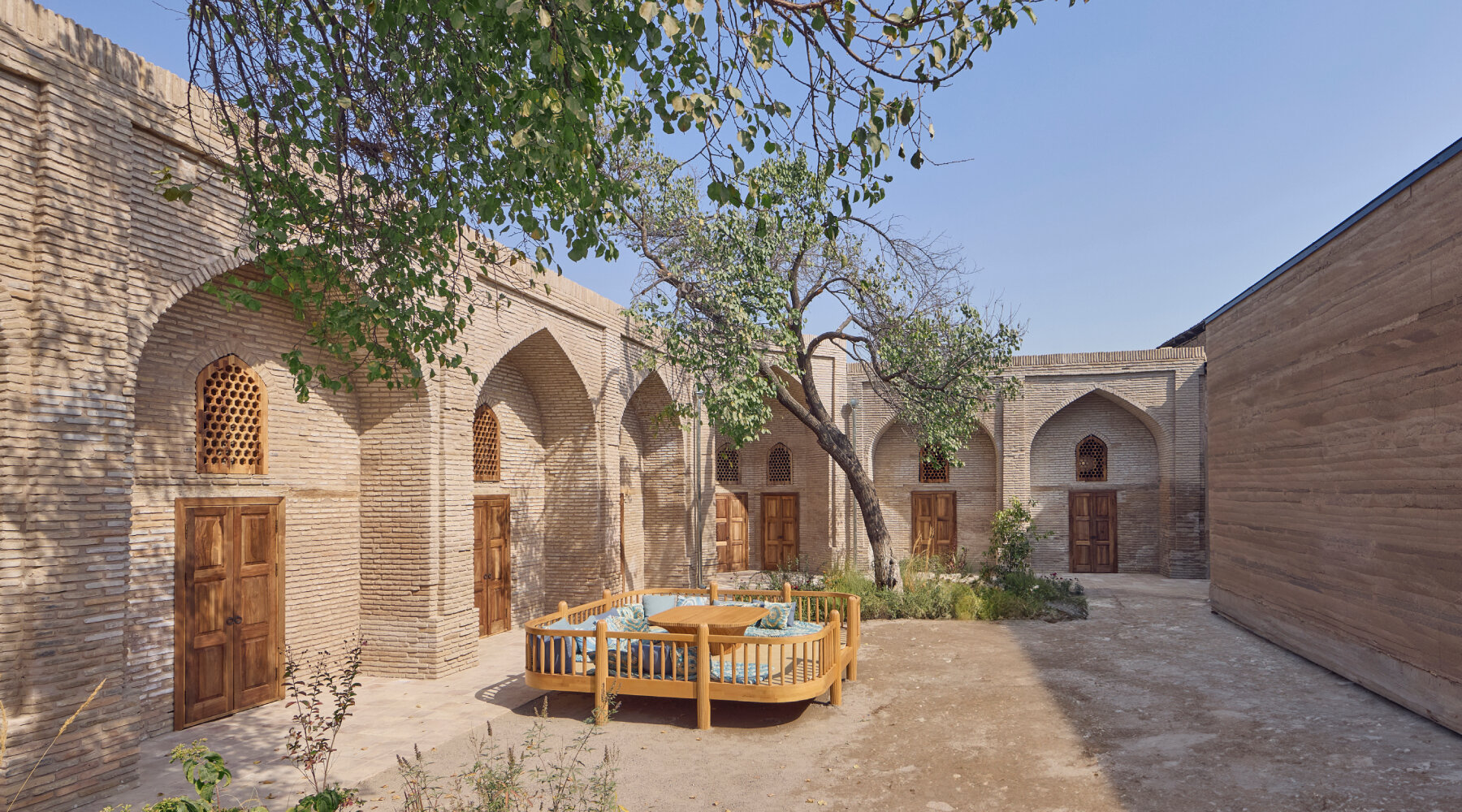
the Namuna mahalla site was conceived in the 19th century as a madrasah (school) and mosque complex
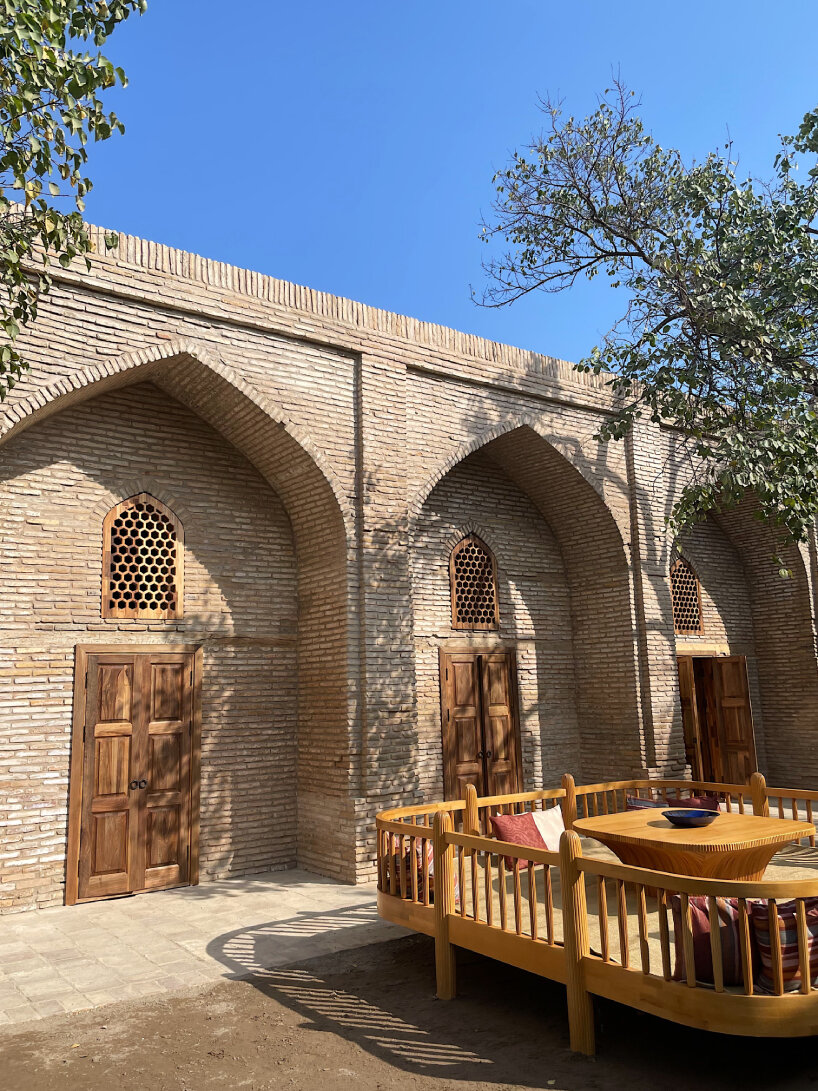
the exposed facade and interiors include three-centuries-old original brickwork | image © designboom
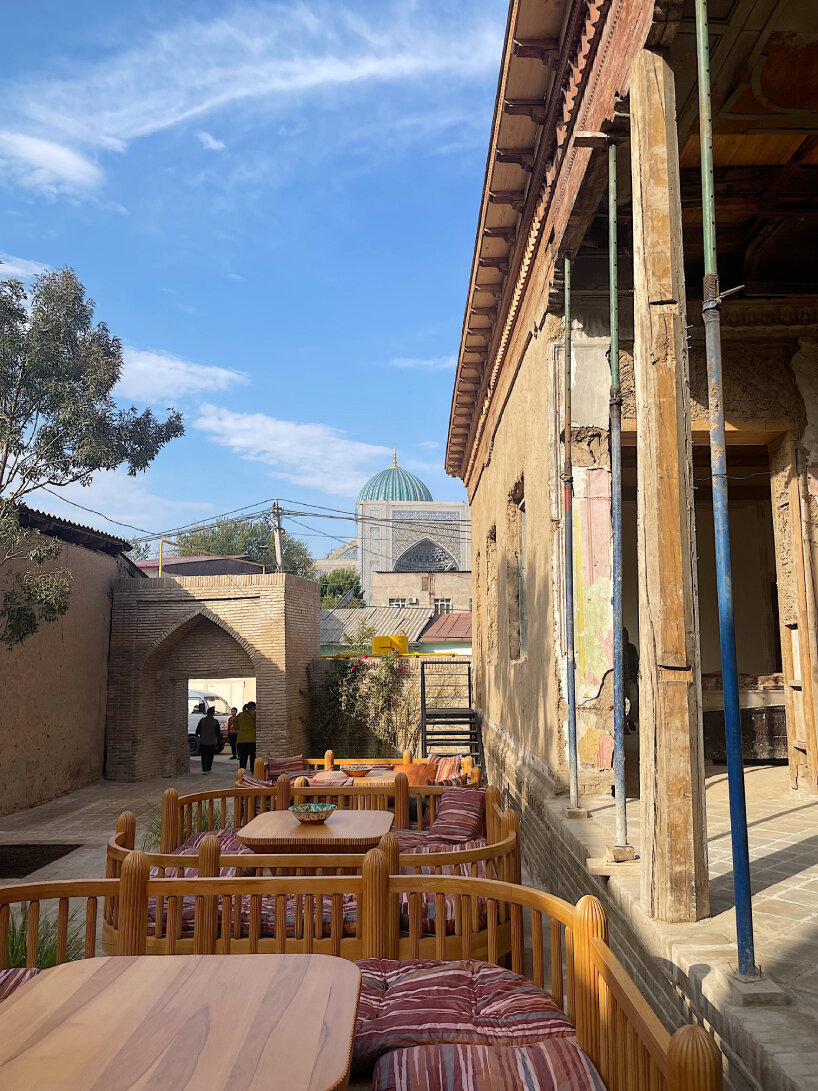
Tashkent’s historic mahallas are ancient neighborhoods rooted in values of togetherness | image © designboom
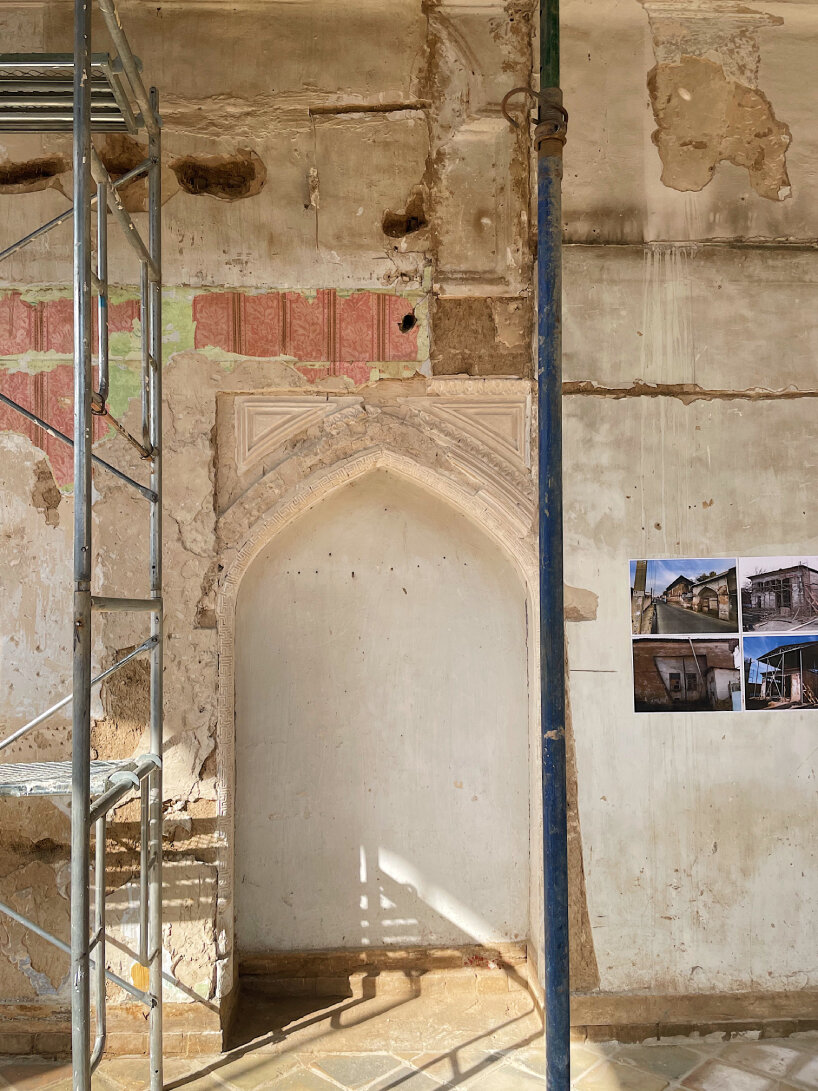
Aga Khan Trust for Culture’s renovation revealed a mihrab concealed behind layers of brick | image © designboom
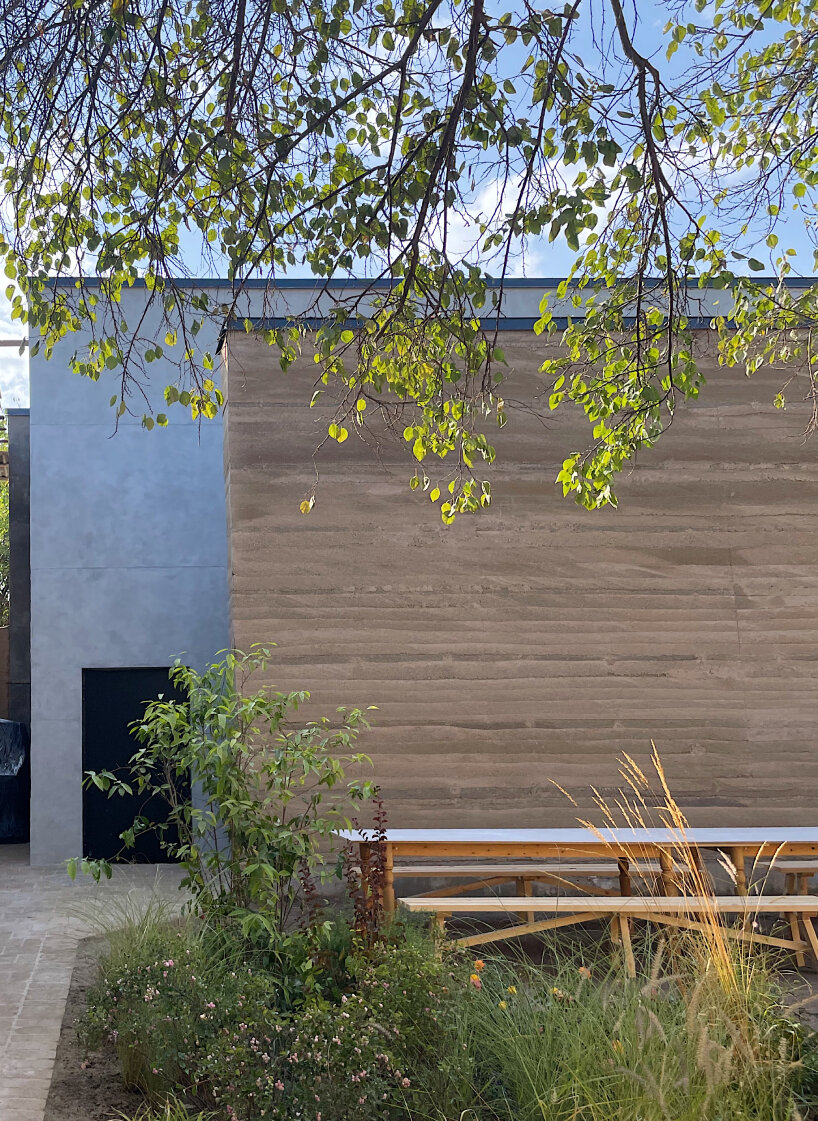
a new wall conceals Studio KO’s modern intervention | image © designboom
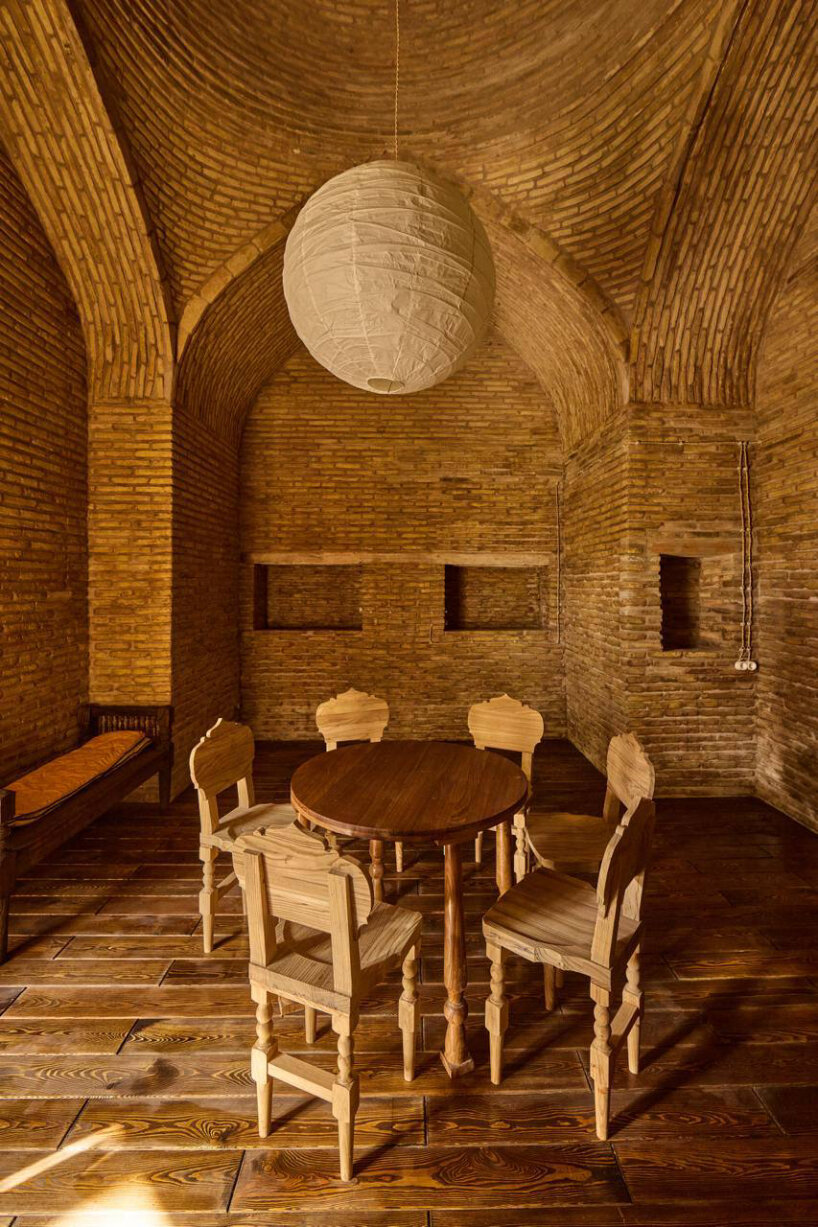
communal spaces at the Namuna mahalla artist residencies
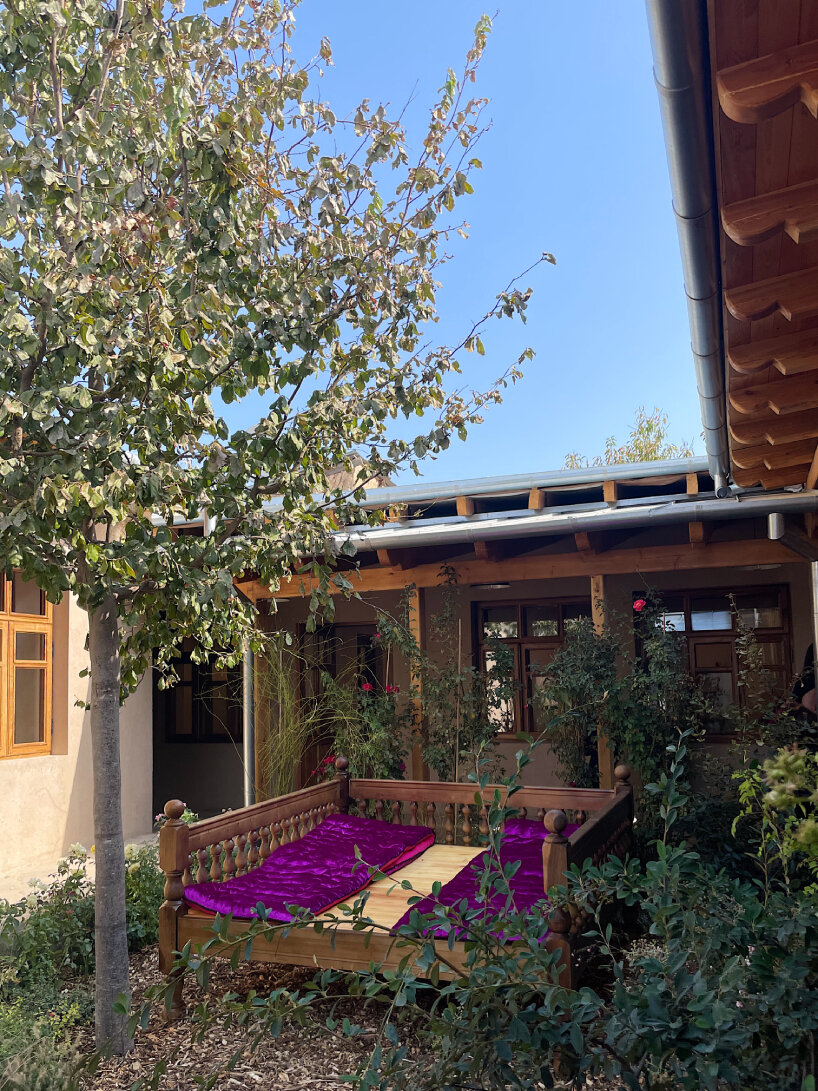
the Khast Imom mahalla site was once a small kindergarten | image © designboom
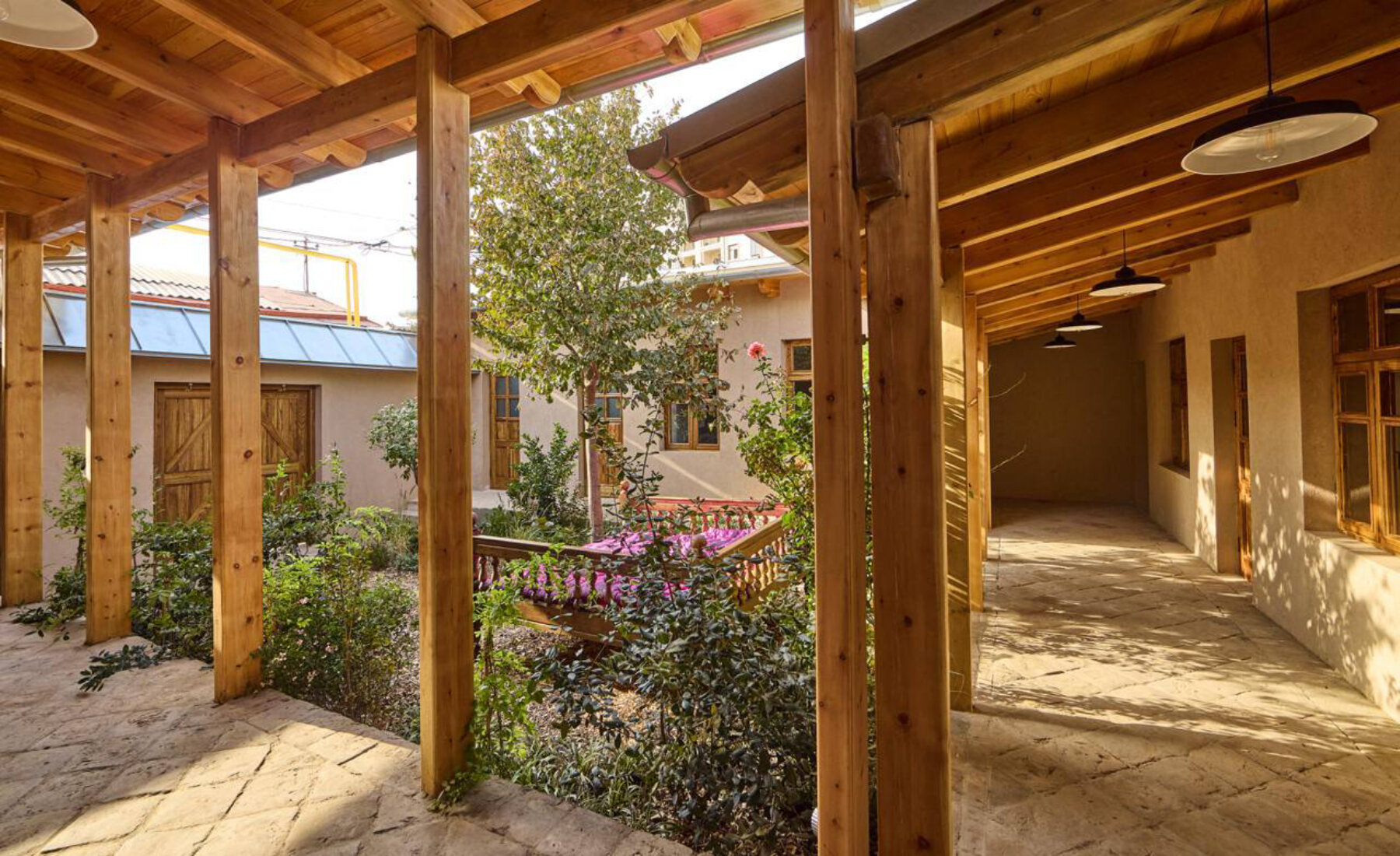
the space reveals the typical spatial typology and sequencing of the mahalla house
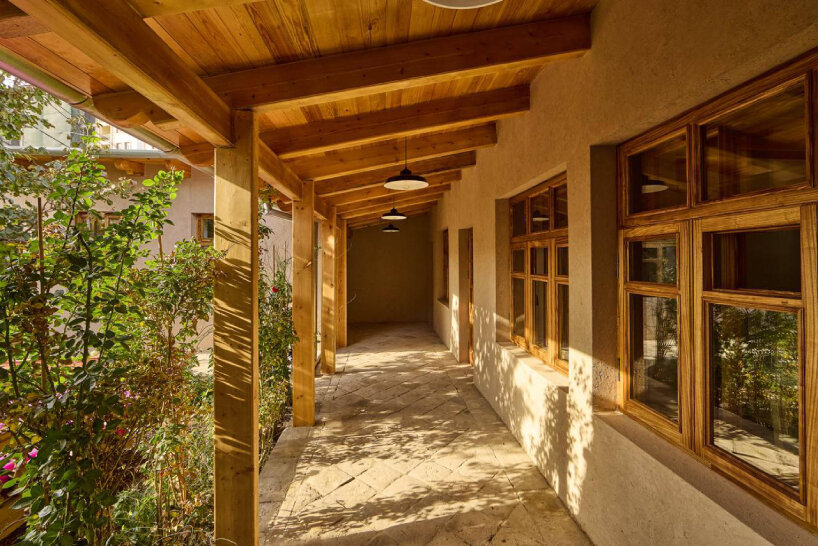
all restorations have been implemented in collaboration with local builders, carpenters, and masons
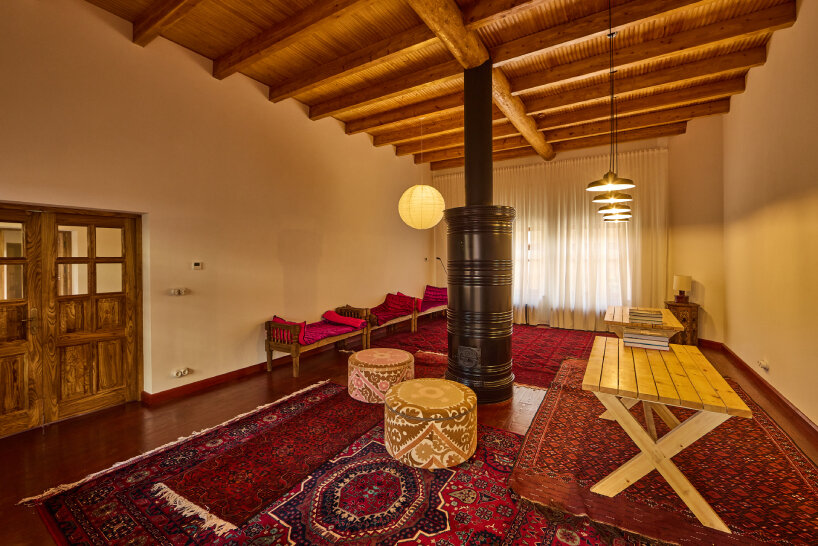
it will house Central Asia’s first curatorial library
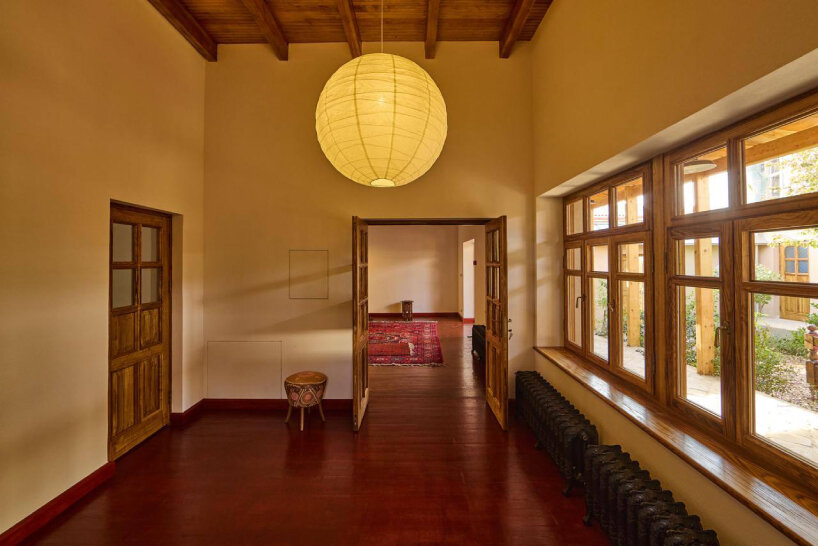
the space will host just one to two researchers, curators, or writers
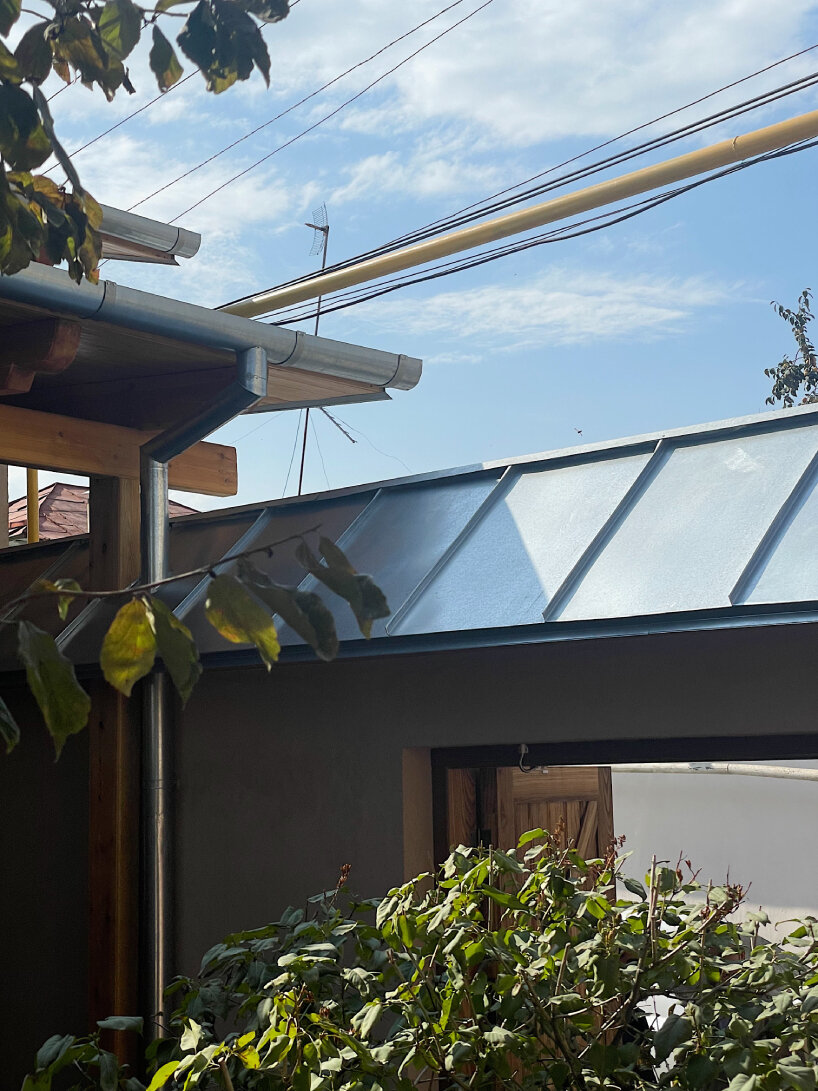
across both sites, Studio KO’s interventions are modestly introduced | image © designboom
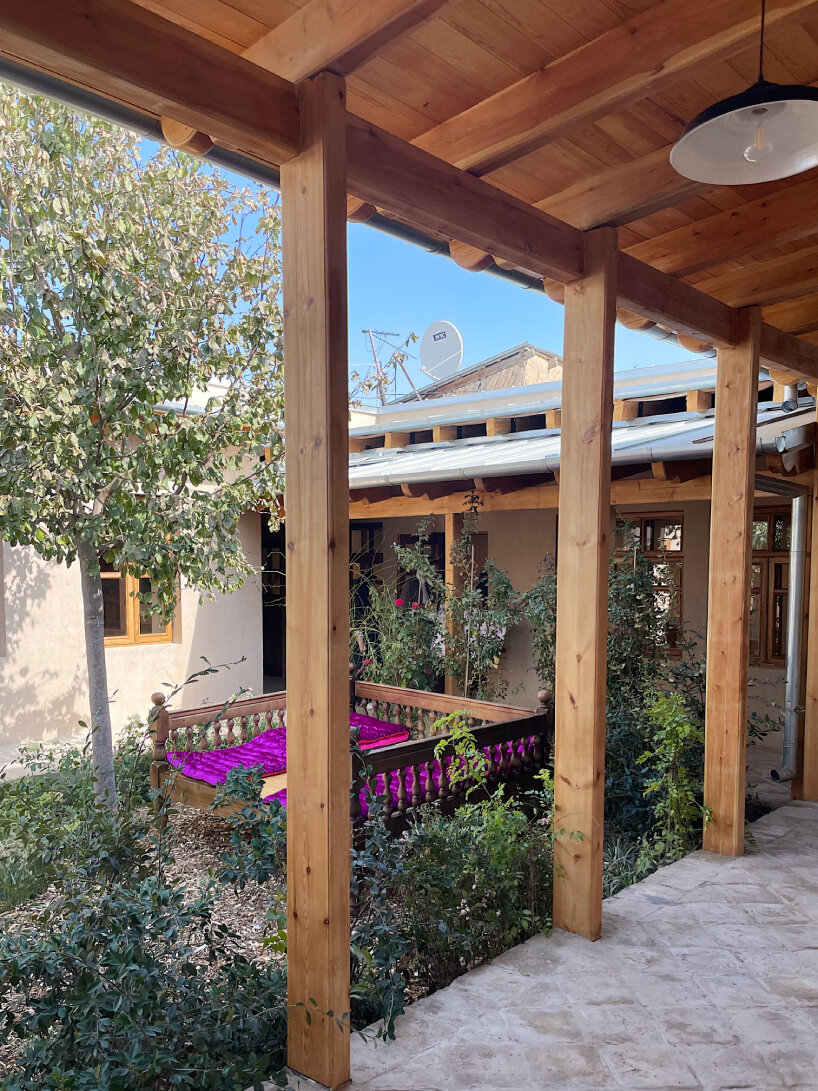
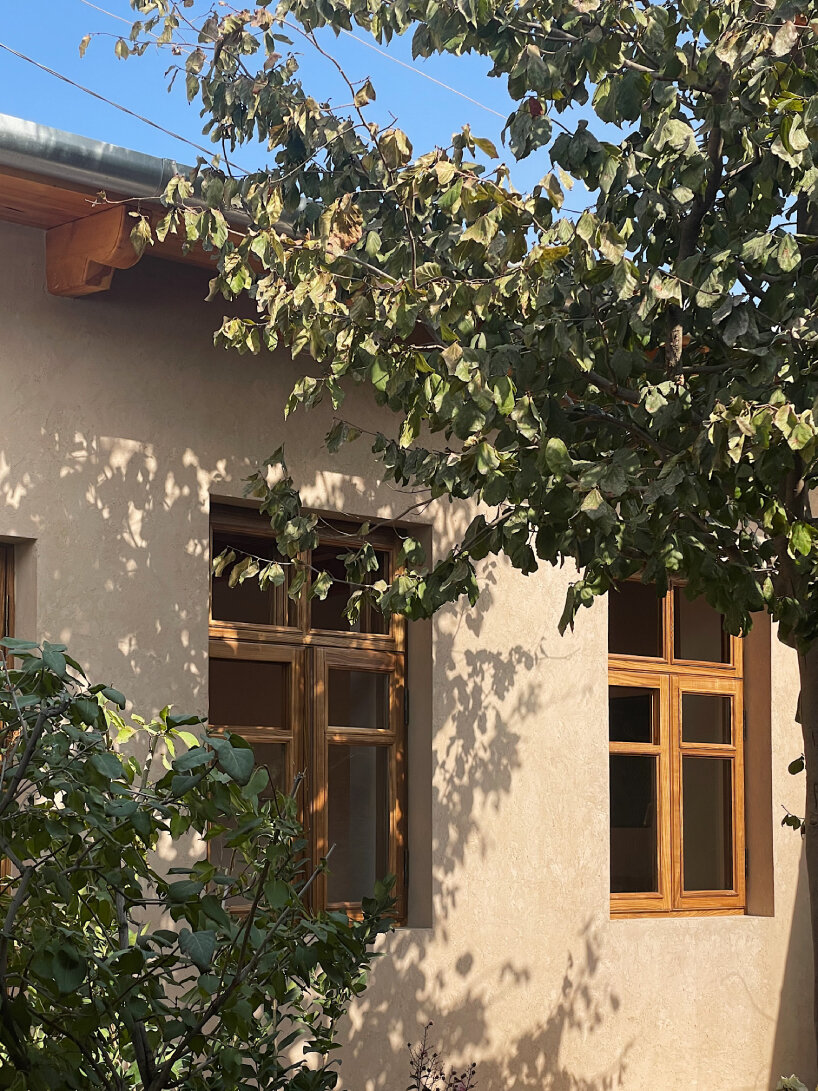
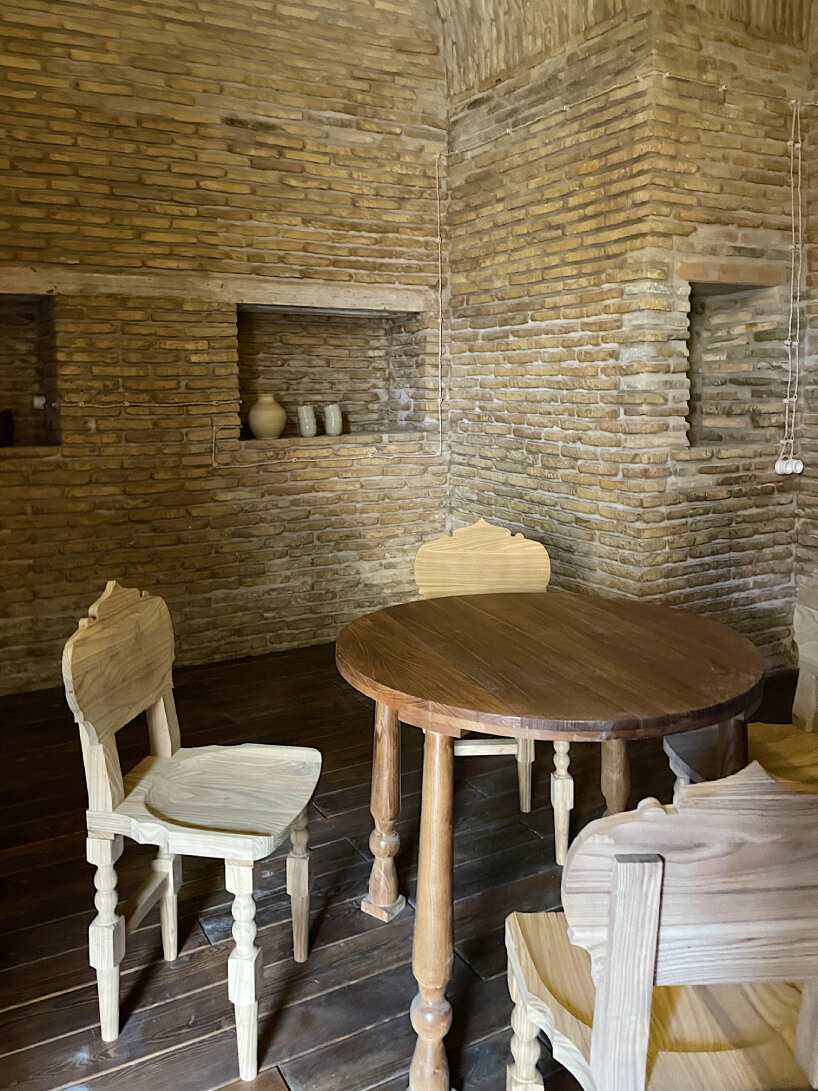

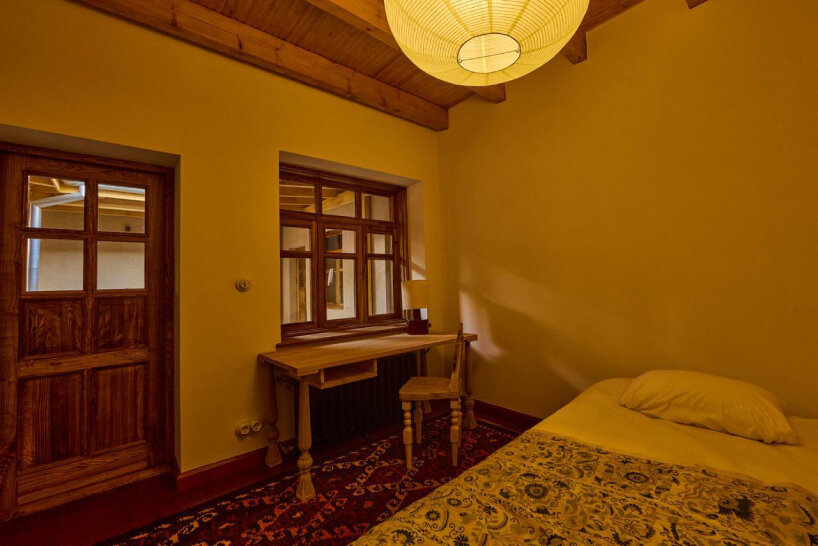
project info:
name: Centre for Contemporary Art Artist Residencies
restoration and architecture: Aga Khan Trust for Culture | @agakhantrustforculture, Studio KO | @studioko
location: Tashkent, Uzbekistan
program of: Centre for Contemporary Art | @cca_tashkent, Uzbekistan Art and Culture Development Foundation | @acdfuz
